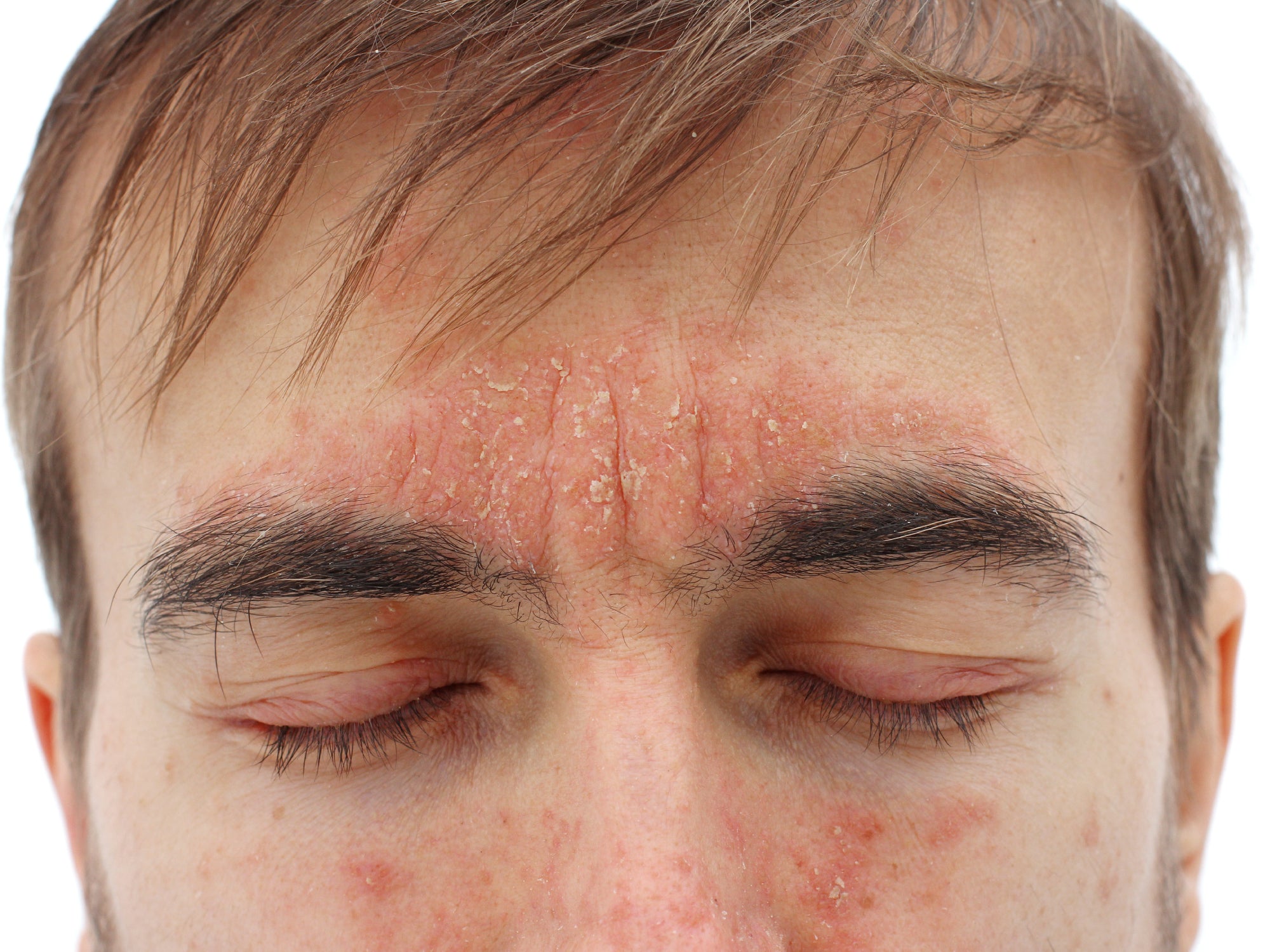Seborrheic dermatitis isn’t either a fungal or a bacterial infection, although it is associated with both those things!
Seborrheic dermatitis is a chronic inflammatory skin condition that some people are more prone to than others, although it’s unclear why. It manifests as flaky, scaly, inflamed or crusty patches of skin in areas where there are high concentrations of sebum-producing glands: the face, scalp, eyebrows, back, ears, groin and chest.
It’s commonly associated with a yeast called Malassezia which lives on the skin, as well as with high levels of sebum production, hormonal activity and the way the immune system reacts to triggers.
It’s also been shown that people with seborrheic dermatitis are more likely to have the bacteria Staphylococcus aureus on their skin, so there does seem to be a link between the two.
So the situation is complicated!
Although seborrheic dermatitis itself isn’t always infected, there seems to be an interplay between yeasts, bacteria and a predisposition towards inflammatory responses in people with problematic sebum production! This is why treatment for seborrheic dermatitis tackles microbes such as malassezia and staph. Aureus as well as looking after the skin.
For more about seborrheic dermatitis, see our article Seborrheic Dermatitis: Causes, Symptoms and Treatment.
Recommended products:
Balmonds Natural Shampoo & Body Wash
with calendula & chamomile
